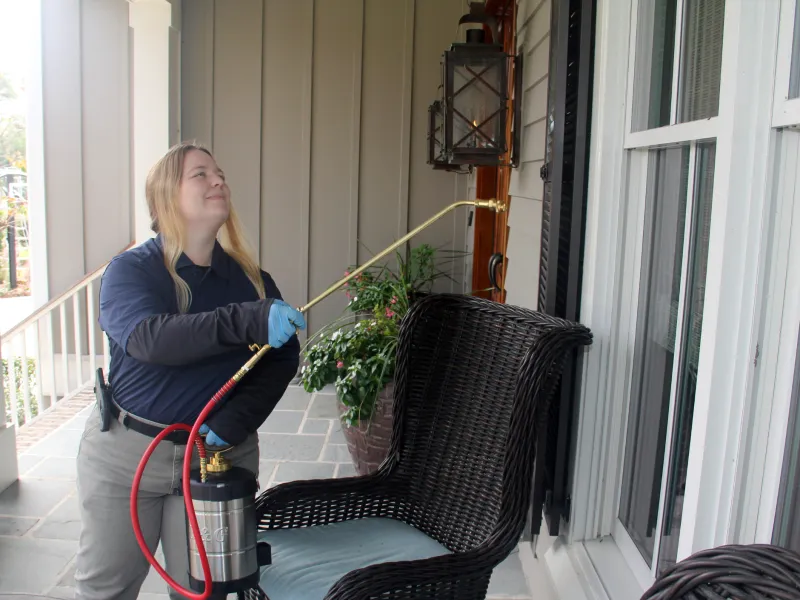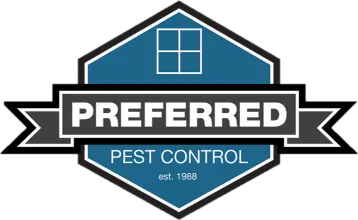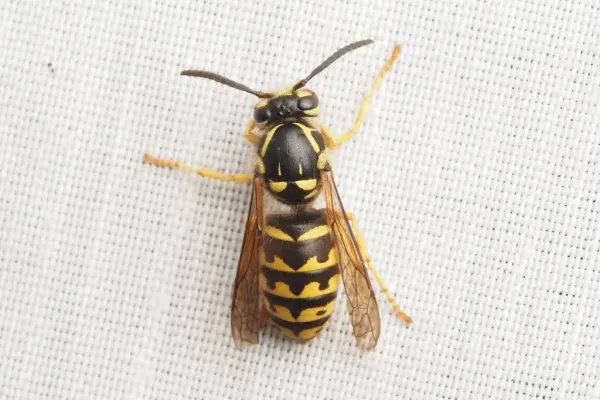The Evolution of Pest Control

Pest control has come a long way from the primary methods used centuries ago. Today, it's a sophisticated science with environmentally friendly solutions and advanced technologies that protect homes and businesses from unwanted pests. Let's journey through time to see how pest control has evolved.
The Early Days of Pest Control
The history of pest control dates back thousands of years. Early civilizations like the Egyptians and Greeks used natural methods to keep pests away. For example, the Egyptians employed cats to control rodents, while the Greeks used sulfur and other minerals to ward off bugs. The early pest control methods were founded by observation and trial and error, much as we do today. Despite their simplicity, these approaches laid the groundwork for effective pest control techniques that we have today.
The Middle Ages
During the Middle Ages, pest control became intertwined with folk remedies and superstitions. Many people believed that certain rituals or prayers could protect them from pests. For example, some believed that placing a dead animal, like a snake or toad, at the entrance of a house could ward off wild animals and unwanted pests. In some cases, religious rituals were used to address pest infestations. During this time, infestations were common, and the lack of proper sanitation and hygiene made it challenging to keep pests at bay.
The 19th Century
The 19th century marked the beginning of modern pest control. The Industrial Revolution brought advances in chemistry and biology, which paved the way for more effective pest management strategies. Developing synthetic pesticides, such as arsenic and nicotine sulfate, allowed for more targeted control of pests.
Arsenic-based treatments: Arsenic was used for centuries in various forms, but in the 19th century, it became a popular pesticide. Farmers have battled pests invading and destroying crops from the beginning of time, but when arsenic became available, they used it to protect their fields from locusts, beetles, and more.
Nicotine sulfate: Extracted from tobacco, nicotine sulfate attacks the nervous system of insects, leading to paralysis and death. This pesticide became a favorite for farmers because of its ability to control pests in various crops, including fruits, vegetables, and tobacco. It was particularly effective against aphids and other soft-bodied insects.
In the 19th Century, pest control shifted from strictly DIY to a professional service. With the rapid growth of cities during the 19th century, pest problems became more prevalent and were a big concern, which allowed for a business opportunity. One of the earliest known pest control companies (1870s), the Sanitas Company of London, focused on sanitation, disinfection, and pest control. The rise of these early pest control companies marked the professionalization of pest control as a trade. As chemical pesticides became more widely used, concerns started to rise about safety. During this time, the pest control industry operated with little regulation, sometimes leading to the misuse of toxic substances. Public health and environmental concerns eventually led to the establishment of rules and standards.
The 20th Century
The 20th century brought significant advancements in the pest control industry. The discovery of dichloro-diphenyl-trichloroethane (DDT) during World War II proved highly effective against various pests. However, the environmental impact of DDT, including its harmful effects on wildlife and humans, led to its eventual ban in the 1970s.
During this period, we also witnessed significant developments in pest control regulations designed to protect humans, the environment, and non-targeted species. Government agencies, such as the Environmental Protection Agency (EPA), were established to oversee the development and application of pest control products.
Additionally, the 20th century saw the rise of Integrated Pest Management (IPM), a more sustainable approach that combines biological, cultural, and chemical methods to control pests. IPM focuses on preventing pest problems through habitat management, continuous monitoring, and minimizing the use of chemical treatments. This approach has become a cornerstone of modern pest control practices.
The 21st Century: A Focus on Sustainability and Innovation
In the 21st century, Preferred Pest Control uses cutting-edge methods and eco-friendly solutions, such as Integrate Pest Management, to minimize infestations and reduce environmental impact.
At Preferred Pest Control, we offer effective and environmentally responsible pest control solutions. Our approach provides homeowners and business owners consistent protection and long-term savings by preventing and treating common pests like ants, centipedes, earwigs, mice, spiders, roaches, and more.
How pest control has changed over hundreds of years is a testament to human ingenuity and our ability to adapt to changing circumstances. From sulfur to church prayer to today's IPM techniques, pest control has come a long way. As we continue to grow and refine our methods, Preferred Pest Control remains dedicated to providing effective, environmentally responsible pest management for all our customers.



